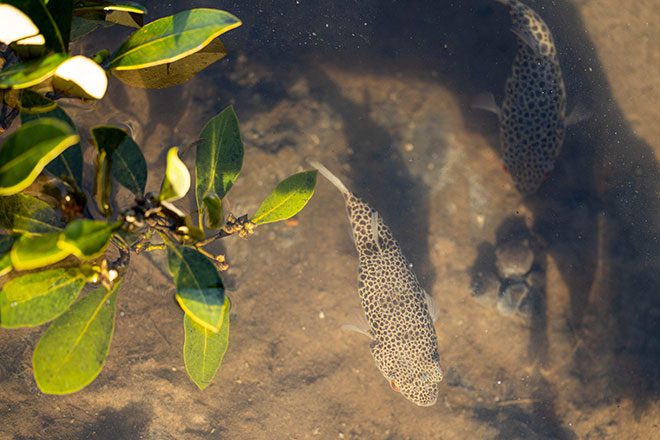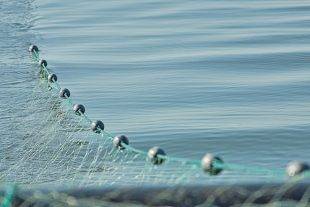A Moreton Bay local has been fined $20,000 for illegally removing a large swathe of marine plants, including a mangrove that held significant importance to the local habitat. protect
Officers used satellite technology to detect the removal of more than 2,200 square metres of marine plants from images taken between 2014 and 2021.
Marine plants form a vital part of marine ecosystems in Queensland by creating habitats for fish to live, feed and breed and providing buffers against floods and storm surges for shoreline communities.
Residents and landholders are required to obtain authorisation to cut, trim or remove mangroves and other marine plants. Report any removal, damage, or destruction of marine plants to the Fishwatch hotline on 1800 017 116.
Importance of marine plants for sustaining fish stocks
Marine plants, as well as rocky foreshores, mud flats, reefs and sand bars, are a fundamental part of marine fish habitats in Queensland.
These habitats provide shelter, food and nursery areas, particularly for estuarine dependent species. Marine plants and marine fish habitats more generally are a vital natural resource that help to sustain fish for the future for commercial, traditional and recreational fishing.
Please play your role in protecting these important fish habitats for the future.
Living with marine plants
Marine plant protection applies to all land tenures, including private, leasehold or public lands, and whether the marine plants are alive or dead.
Coastal residents and landholders must apply for prior approval to undertake certain activities, such as building a jetty, that require them to cut, trim or remove mangroves or other marine plants.
Some activities, such as maintaining an existing jetty or boat ramp, may be undertaken without application for approval where the proposed activities are covered by accepted development requirements. In these cases, the accepted development requirements must be followed, including notifying the department prior to the work and placing signs during the works.
Click here for more information on Protection and management of marine plants
 Bush ‘n Beach Fishing Magazine Location reports & tips for fishing, boating, camping, kayaking, 4WDing in Queensland and Northern NSW
Bush ‘n Beach Fishing Magazine Location reports & tips for fishing, boating, camping, kayaking, 4WDing in Queensland and Northern NSW









